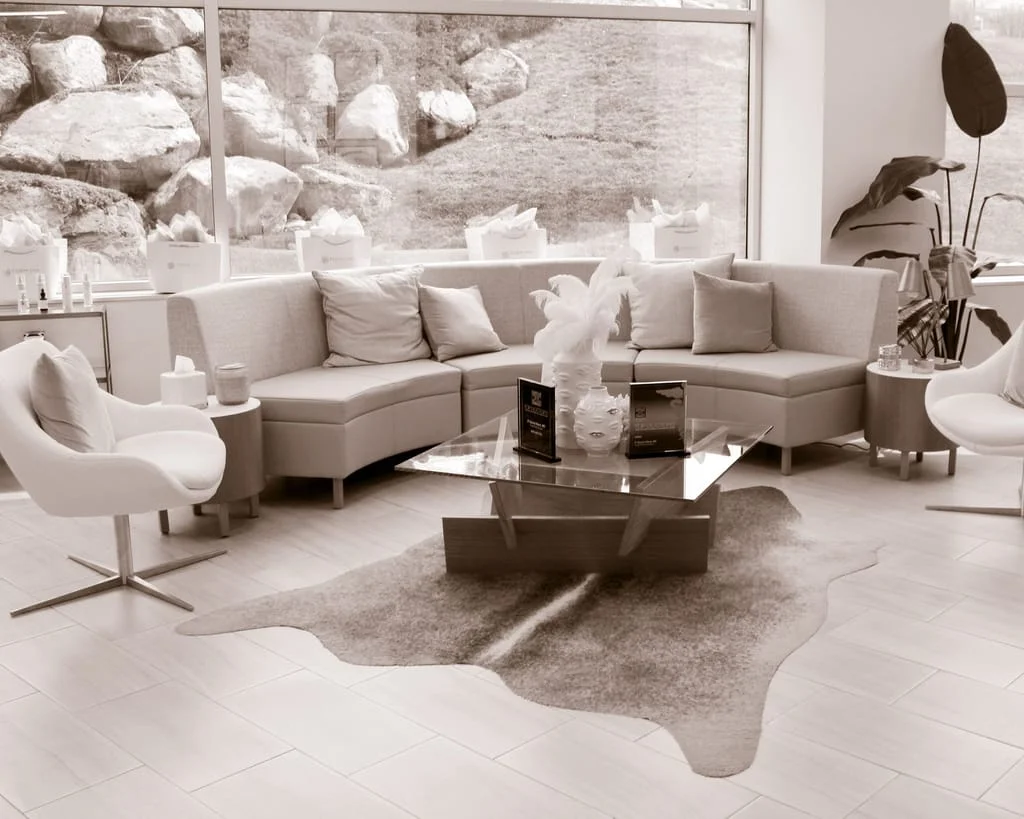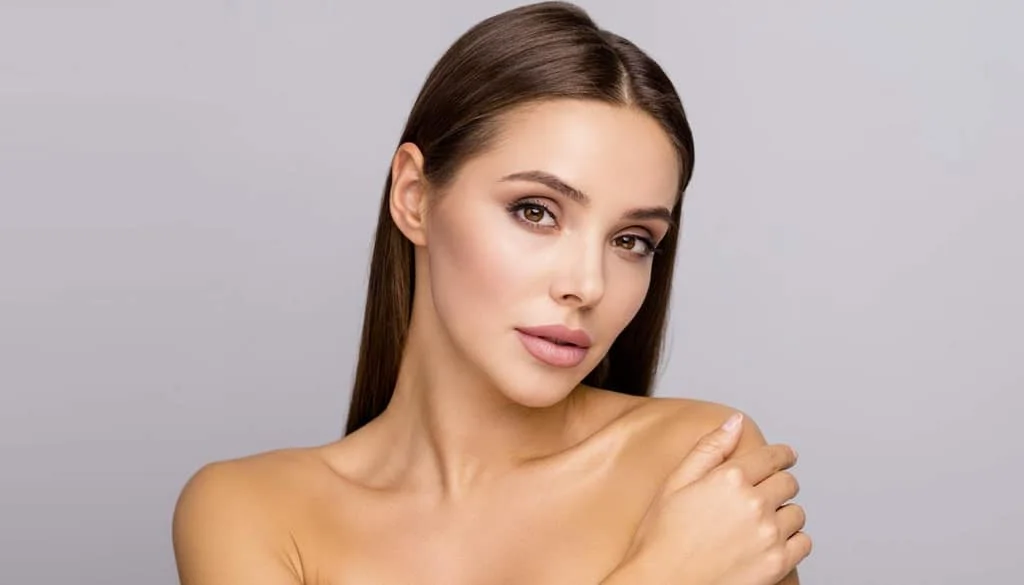Utah’s Leading Vascular Reduction Specialists
Do you struggle with visible veins on your face or body that make you feel self-conscious and insecure? Vascular reduction could be the solution you've been searching for! This advanced laser technology targets visible veins with precision, breaking them down and reducing their appearance over time. Whether you're looking to reduce the appearance of spider veins, rosacea, or other vascular concerns, vascular reduction offers a safe, effective, and minimally invasive solution. With no downtime and long-lasting results, vascular reduction is a popular choice for those seeking to improve the appearance of their skin and boost their confidence.
What is Laser Vein Reduction?
Vascular Reduction
Spider veins are commonly found on the thigh or lower leg, can form virtually anywhere on the leg, from the uppermost region of the thigh to the ankle. Occasionally, spider veins will appear on the face, called Facial Telangiectasia. These are small, red or purple blood vessels that can be caused by a number of skin conditions, including sun damage, heredity, rosacea, hot and spicy food, exercise or emotions.
Our laser energy penetrates deep down and is absorbed by the cells in the vessel wall and the blood, causing coagulation which seals off the blood flow. The vessel walls then collapse and eventually dissolve.

Who Is An Ideal Candidate For Vascular Reduction?
Laser vein (vascular) reduction is a non-invasive cosmetic procedure that uses laser technology to reduce the appearance of visible veins on the skin's surface. The procedure is most commonly used to treat spider veins, which are small, thin veins that can be red, blue, or purple in color.
A good candidate for laser vein reduction is typically someone who is in good overall health and has realistic expectations for the outcome of the procedure. Ideal candidates are typically those who have visible veins on their legs, face, or other areas of the body that are bothersome to them.
Other factors that may make someone a good candidate for laser vein reduction include:
- Skin type: People with lighter skin tones tend to have better results with laser vein reduction because the laser targets the pigment in the veins, which can be more difficult to see on darker skin tones.
- Age: Laser vein reduction is generally more effective for people who are younger, as the veins are typically smaller and easier to treat.
- Vein size and location: Laser vein reduction is most effective for small to medium-sized veins located close to the skin's surface.
- Pregnancy: Women who are pregnant or breastfeeding should avoid laser vein reduction, as it can be harmful to the fetus or nursing baby.
- Medications: Some medications can interfere with the effectiveness of laser vein reduction, so it is important to discuss any medications you are taking with your healthcare provider before undergoing the procedure.
Overall, the best way to determine whether you are a good candidate for laser vein reduction is to consult with a qualified healthcare provider who can evaluate your individual needs and make personalized recommendations based on your unique situation.
Procedure Description
The procedural steps of a laser vein reduction typically involve the following:
- Consultation: The esthetician will begin by evaluating the patient's veins and discussing the goals and expectations for the procedure.
- Pre-treatment preparation: Before the procedure, the patient may need to avoid certain medications, avoid sun exposure, and avoid applying lotions or creams to the treatment area.
- Application of numbing cream: A numbing cream may be applied to the treatment area to reduce any discomfort during the procedure.
- Laser treatment: The esthetician will use a hand-held laser device to target the visible veins. The laser emits energy that is absorbed by the pigment in the veins, causing them to coagulate and shrink. The laser is typically delivered in short pulses, and the patient may feel a slight stinging or snapping sensation during the procedure.
- Post-treatment care: After the procedure, the patient may experience mild redness, swelling, or bruising. The esthetician may recommend applying cold compresses or taking over-the-counter pain medication to manage any discomfort. The patient may also be advised to avoid sun exposure and certain activities, such as strenuous exercise, for a few days following the procedure.
Overall, laser vein reduction is a relatively quick and straightforward procedure that can be performed by a qualified esthetician. The procedure typically takes less than an hour, and patients can usually return to their normal activities immediately after the procedure.
Recovery Process
The recovery process from a laser vein reduction is generally minimal. Patients may experience some mild redness, swelling, or bruising in the treatment area immediately after the procedure, but these symptoms typically resolve within a few days. Patients are usually advised to avoid sun exposure and certain activities, such as strenuous exercise, for a few days following the procedure. Patients may also be advised to wear compression stockings to help promote healing and reduce the risk of blood clots. The results of the procedure are typically gradual, with some improvement seen immediately and more significant improvement seen over the course of several weeks. Patients may need multiple treatments to achieve their desired results, depending on the size and location of the veins being treated. Overall, the recovery process from a laser vein reduction is generally well-tolerated, with most patients able to return to their normal activities immediately after the procedure.

VASCULAR REDUCTION RESULTS
Following a laser vein reduction, patients can expect to see a gradual improvement in the appearance of their treated veins over the course of several weeks. The timeline of results can vary depending on the size and location of the treated veins, as well as the individual's healing response. Some patients may see improvement immediately after the procedure, while others may need to wait a few weeks before seeing noticeable improvement.
Patients may need multiple treatments to achieve their desired results, depending on the size and location of the veins being treated. Typically, 2-3 treatments are recommended, spaced about 4-6 weeks apart. The number of treatments needed can vary depending on the severity of the veins and the individual's response to treatment.
Overall, patients can expect to see a significant reduction in the appearance of their visible veins following laser vein reduction. The results are long-lasting, but new veins may develop over time, so maintenance treatments may be needed in the future to maintain the results. Patients can discuss their specific goals and expectations with their healthcare provider to determine the best treatment plan for their individual needs.
TESTIMONIALS

Vascular Reduction FAQ
Coming Soon!
Coming Soon!


